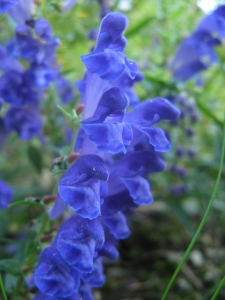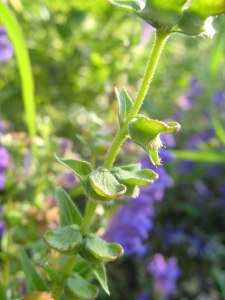Here is a link to the images and additional readings for the class, The Flaming Crucible: Mood Disorders and Inflammatory Disease, that I taught at the Traditions in Western Herbalism Conference this weekend in beautiful Cloudcroft, NM. There is a mini-reader with articles on everything from the microbiota-gut-brain axis to epigenetics to vagal tone, along with some select images that I used during the presentation. Included papers are not necessarily those I deem most important, but are a sampling of quality articles that are also available as free full-text. There’s so much more, but this is a great primer as we begin to understand the role of inflammation in mental health.
A sneak peek:











